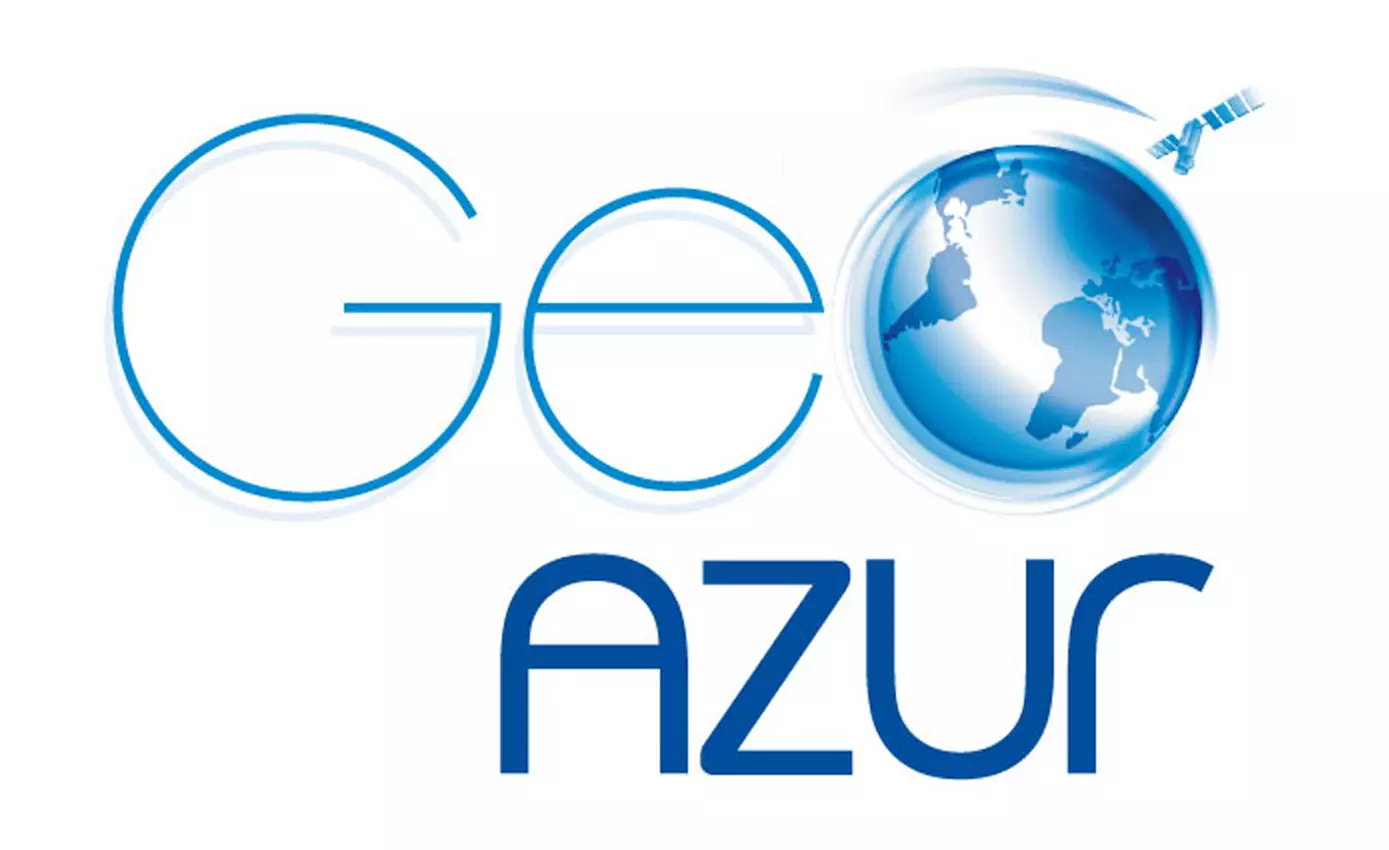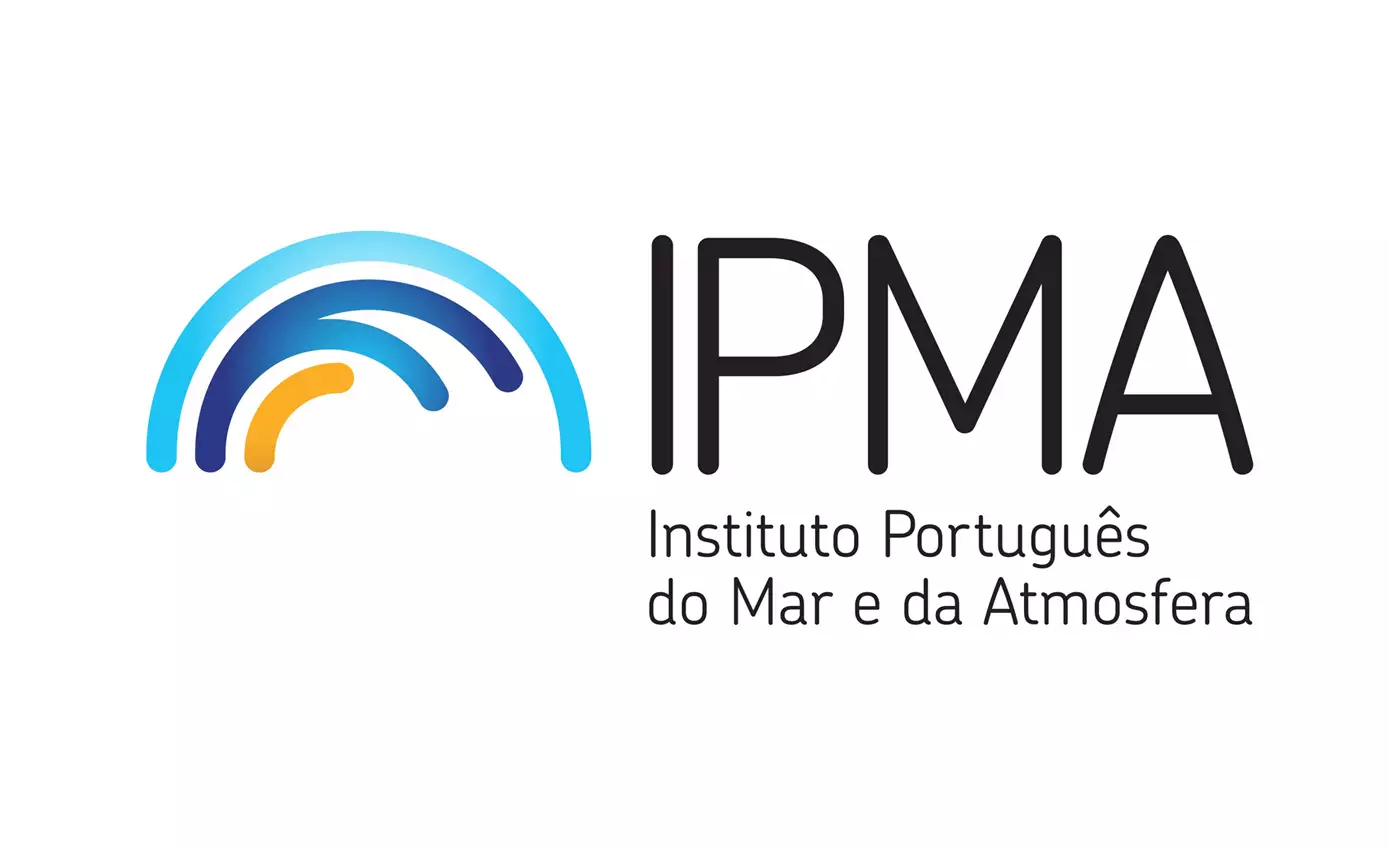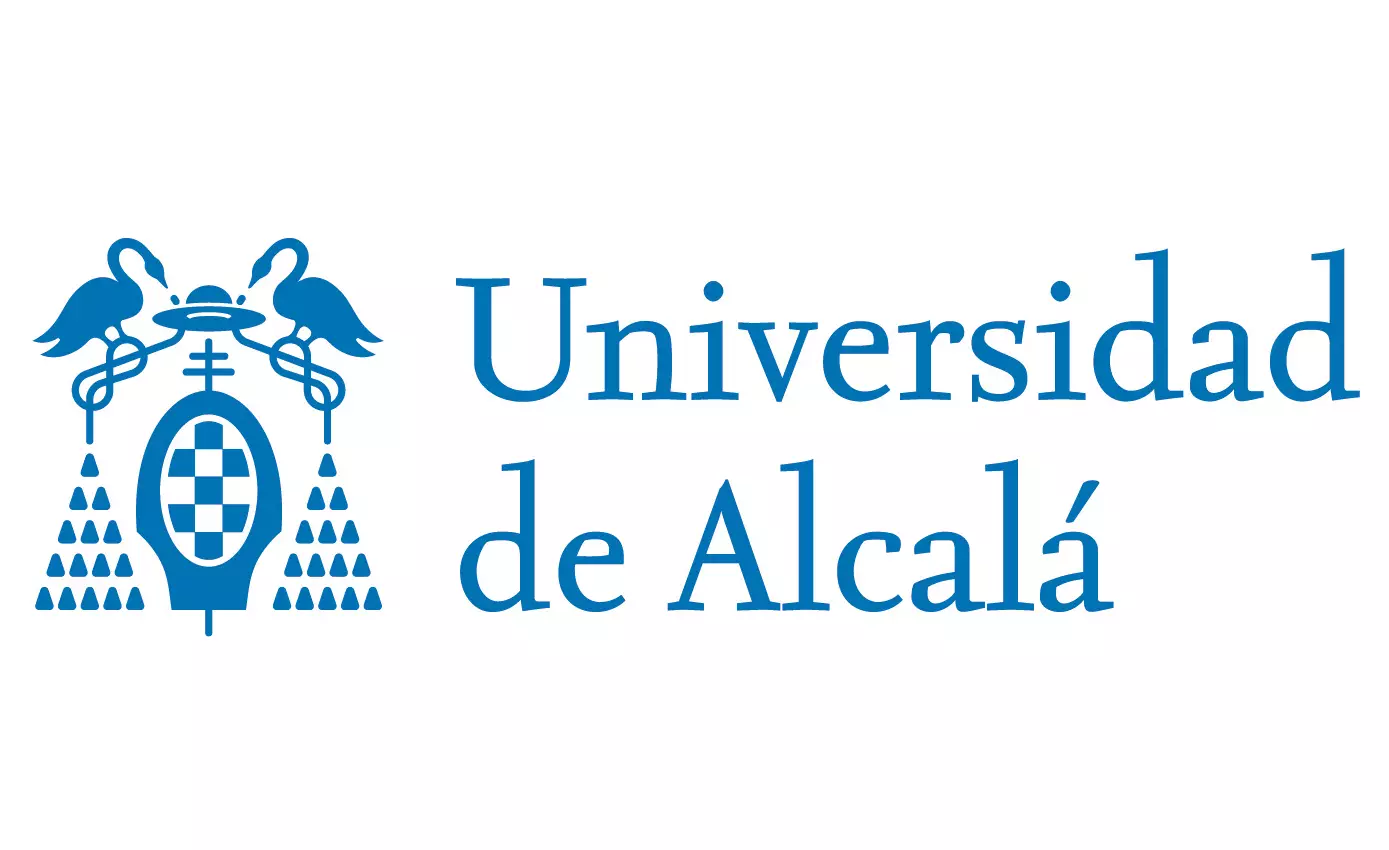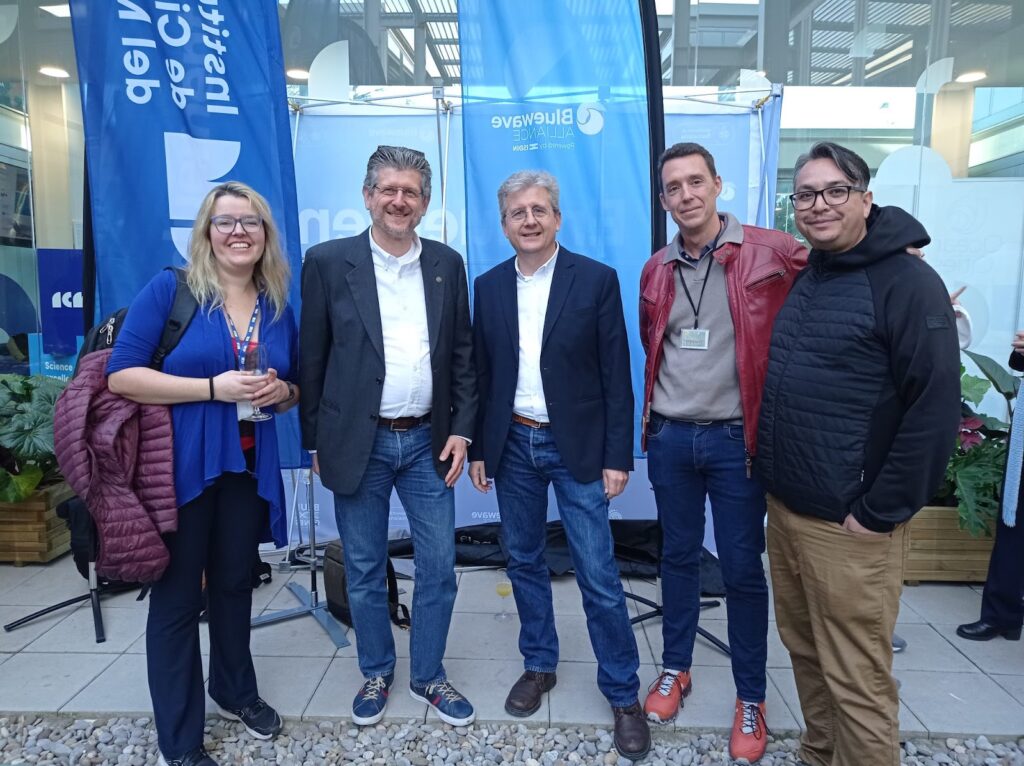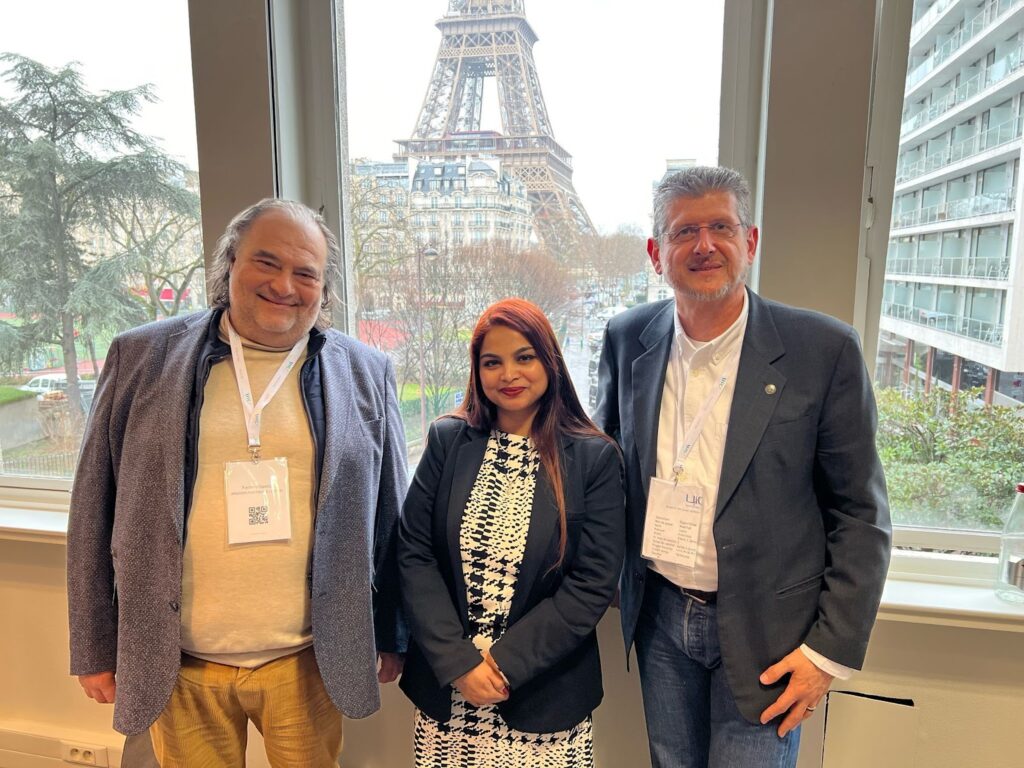SAFE PROJECT
Tsunami early warning system using available seafloor fiber cables
This project has received funding from the European Union’s Horizon Europe research and innovation programme under grant agreement Nº 10109899

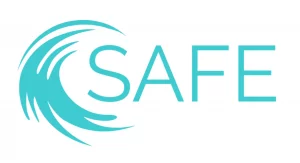
Introduction
According to the World Health Organization more than 700 million people live in low-lying coastal areas and Small Island Developing States exposed to extreme sea-level events. In the worst Tsunamies between 1998 and 2017, more than 250.000 people were killed and vast material damage was caused. Tsunamis are unpredictable in nature and their impact can only be mitigated using dedicated tsunami warning systems relying on networks of offshore sensors. Unfortunately, current tsunami warning systems (typically based on special buoys) are unreliable as they suffer frequent breakdowns. In addition, the cost of the most reliable currently-available tsunami warning systems is extremely high and essentially only affordable to rich countries like the US or Japan. As such, the vast majority of all the endangered population in the world is not yet protected by an efficient tsunami warning system. With the upcoming climatic crisis, and the increasing likelihood of extreme weather events, the risk of tsunamis or other catastrophic sea natural phenomena will only rise in the following years. This project will use the conventional submarine optical fibre communication cables lying in the seabed to monitor earthquakes and track sea level changes. Our approach will use a technology known as Distributed Acoustic Sensing (DAS) that transforms an optical fibre communications cable into a very powerful seismic sensing array with thousands of measurement points along the cable.
Luckily, the vast majority of coastal areas in the world (including those in development countries) have already-available fibre-optic cables installed (for communication purposes) which could additionally serve as a key component for tsunami early warning, at a marginal extra cost. The objective of the SAFE project is to fulfill the need of protecting these communities, which often have limited resources, by providing a tsunami early warning solution based on the already-available fibre optic infrastructure. The solution provided in this project will be simple to deploy and maintain (just connecting an interrogator in the dry end of the fiber-optic cable), low cost (it will be several orders of magnitude cheaper than current systems), reliable (tsunami alerts will be confirmed by the same device using indirect measurements of sea level) and timely (the response time is expected to be faster than current systems). The main market of this solution will be official meteorological and environmental institutions of different countries responsible for issuing early warnings.

Technologies Used
Distributed Acoustic Sensing (DAS) has been recently demonstrated as a convenient alternative to OBS in underwater scenarios. DAS systems allow for the fully distributed monitoring of seismic vibrations along a conventional, already-available submarine telecom optical fiber cable. In DAS, the optical fiber cable acts as a continuous array of geophones/hydrophones, which are interrogated with a single opto-electronic unit located in one end of the cable. The advantage of DAS is that it can make use of the existing fiber network infrastructure, with no modification, which implies a huge cost reduction if cables are available in the area. DAS technologies based on deployed optical fiber cables have several advantages over existing TWS: they are much simpler to deploy (just connecting an interrogator in the cable end); they are much simpler to maintain (the electrically powered interrogator is onshore); they provide an array of thousands of synchronized strainmeters underwater, instead of a single measurement point; and they are cost effective solutions. DAS systems may be able to record both tsunamigenic earthquakes and tsunami waves. As such, these systems will significantly augment present seismic and tsunami detection networks offshore and provide more rapid information for TWS. But no DAS-based solution for TWS has been developed yet in the world.

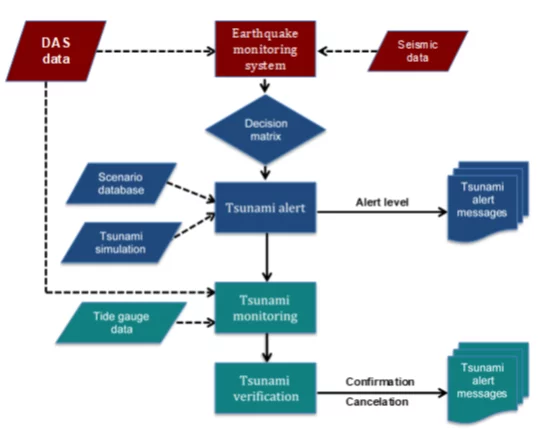
The proposed proprietary technology (HDAS of High-Fidelity DAS) used in the project uses a novel linearly chirped pulses technique that presents a linear response independent of amplitude and polarization fluctuations (patent PCT/ES2016/070851). To further reduce the noise HDAS uses a thermally and mechanically-isolated reference fiber to correct the vast majority of laser phase noise issues, leading to very low values of strain noise. The technique also completely avoids the phase determination methodology used in conventional equipment (the measurement is transformed into a time-delay estimation process). In this way, the reference updates of the system can be made very infrequent (in the order of minutes or hours), leading to a very low 1/f noise at low frequencies. Due to these advantages, the HDAS interrogator provides extremely linear and robust shot-to-shot measurements of seismic vibrations across the fiber with consistent sensitivity (unlike traditional DAS) and uniformly low noise across the whole fiber used for sensing. This allows to determine long-period natural processes (e.g., tsunamis, tides, infragravity waves, etc.) with extremely good accuracy and a spatial and temporal coverage never seen before. Given all these advantages, seismologists and oceanographers are already starting to adopt this system based on our patented chirped-pulse technology. This technology provides the ideal platform for developing the first commercial Tsunami Warning System based on available fiber-optic cables.
The sensor would be useless without a reliable interpretation software capable of launching alarms whenever tsunamigenic events are detected. The development of this software will be key in the commercial success of the device. For this purpose, the consortium in this project incorporates a seismology group with expertise in earthquake and tsunami warning (GeoAzur). The consortium also incorporates IPMA, the Portuguese authority for tsunami early warning and an ICG-NEAMTWS-accredited international tsunami service provider for the NE Atlantic. These groups will collaborate in the development and validation of the AI layer that will be licensed to APL after an in-depth evaluation in the field.

News
Visit to the Casablanca platform
Last April, Repsol invited us to visit the Casablanca
Presentation of “Ready for the Tsunami?”
Our leaders Francisco M. López Torres and Jorge López
International Union of Railways (UIC) Workshop
This February we had the opportunity to attend the UIC
 EN
EN ES
ES